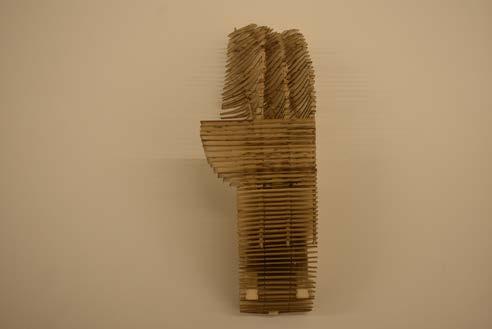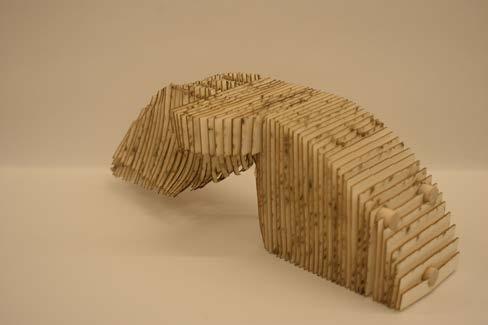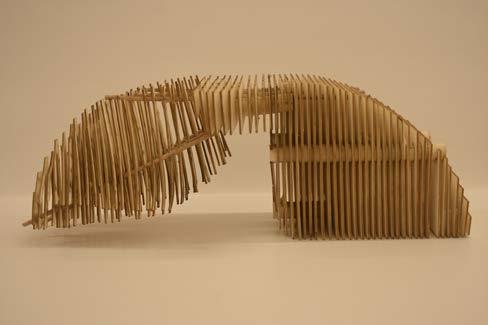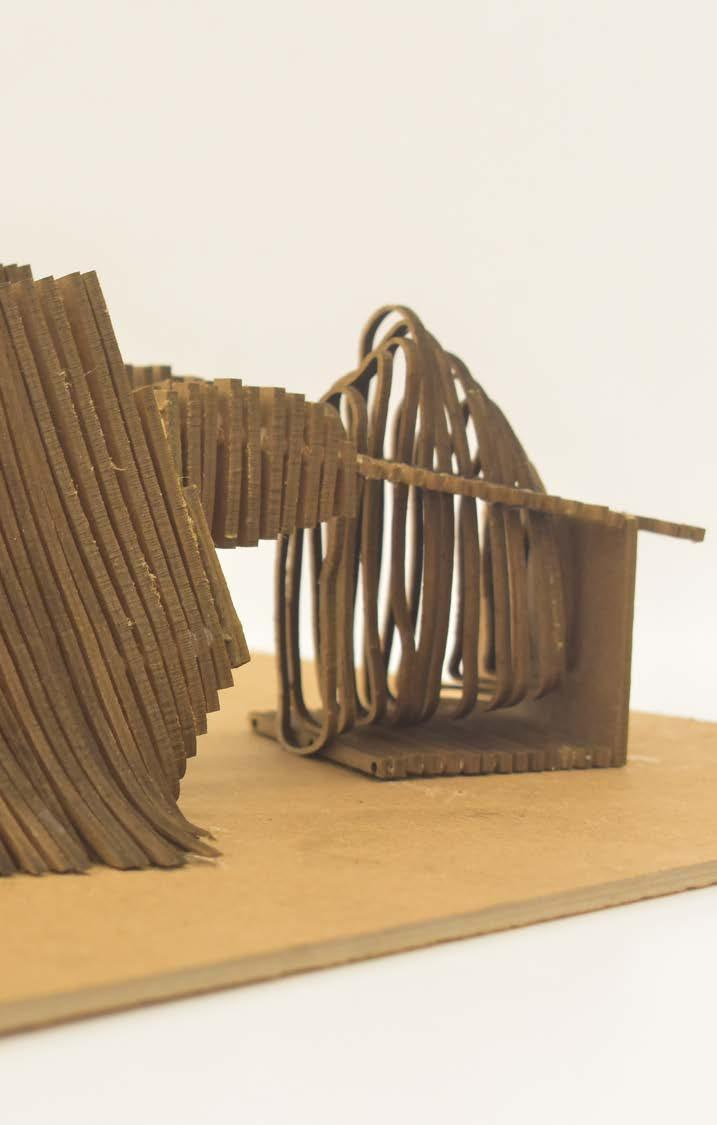
2 minute read
[Mis]fit / [Mal]function
from 22/23 Portfolio
This 2-part project looks at the movement of different bodies in space and the ethical implications of design decisions on accessibility for different groups of people. This made me realize the effect policy, society and the environment has on how designers create, define and manipulate space, which in turn affects the way different people occupy these spaces. I began questioning the way we define the ‘function’ or ‘malfunction’ of space and how interactions with said space makes people ‘fit in’ or become ‘misfits’. This project also developed my skills in digital fabrication , structural and spatial analysis, and methods of documentation and representation.
For part 1, we were tasked with physically interacting with any object in 2 different ways (a conventional interaction and an uncoventional interaction), documenting and analyzing each interaction and using the analysis and a case-study building as a basis for a conceptual physical model. Diagrammatic documentation at each stage of the process was a fundamental aspect of Part 1.
Advertisement
LessUniformUpperBodyFrameIntervals(LargerForceofGravity=MoreExertion)
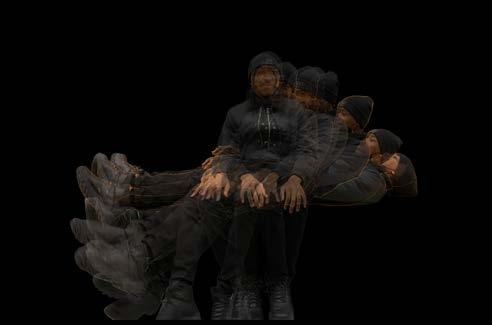
MoreUniformUpperBodyFrameIntervals(LowerForceofG
The object I chose was a bed. My first interaction on the top left was sitting up and then lying down on the bed (fit), while the second one on the top right was lying down and then sitting up on the bed (misfit). The reason I chose that to be my second interaction (misfit) rather than a more ‘unconventional movement’ was that the subtle differences between starting off with sitting up or lying down, was an aspect I wanted to explore as a result of the effect of gravity on someone with my height (tall) and stature (slim).
The diagram on the left, calls out the differences and similarities between the interactions frame by frame. It points out the interesting differences between the way my upper body and lower body move due to gravity, depending on whether I start off sitting up or lying down. This made me wonder if these differences will be just as apparent had the same interaction been conducted by someone that wasn’t as tall or slim as myself. Additionally, the diagram also emphasizes the rotational and orbitual movement of my body, centered around my hips which I identified as a pivot in both interactions.

For this stage, I used my analysis of both interactions and the Koyasan Guest House (case-study building) in Japan, as a basis for a conceptual physical model. The model is made up of 3 sections which were based on the 3 parts of my body that were essential to the interactions (upper body, lower body and hips (pivot)). Each section was created by merging 2 abstract forms of the corresponding body parts from each interaction. These 3 sections were then pieced together to create an overall form that reflects the rotational quality of both interactions in elevation and the linear sequence of the Koyasan Guest House in plan. The Koyasan Guest House also has a continous repitition of structural frames throughout the building which served as an inspiration for the contoured aspect of the model I made. The contouring was also a design decision I made to allow for the model to be fabricated easily using a laser cutter, without foregoing the qualities I wanted the model to have. The diagram on the right shows all the pieces used in the laser cutting fabrication process.
